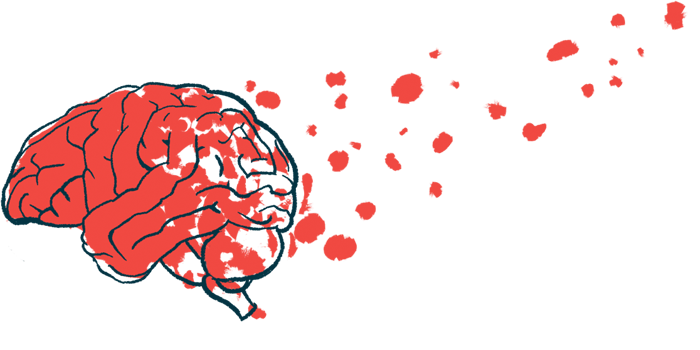Less Gray Matter Volume in Brain Linked to Worse Quality of Life
Cognitive function and physical disability also correlated with life quality scores

Reduced volumes of gray matter in certain regions of the brain are tied to poorer quality of life in people with Huntington’s disease, a new study reports.
The study, “Brain, cognitive, and physical disability correlates of decreased quality of life in patients with Huntington’s disease,” was published in Quality of Life Research.
Brain tissue can be broadly divided into gray matter, which houses the body of nerve cells, and white matter, which contains the long, wire-like fibers that nerves use to connect with each other.
In the study, a team led by scientists at Universidad de los Andes, in Columbia, conducted a series of analyses to test whether changes in gray matter are associated with worse quality of life for people living with Huntington’s disease.
Twenty-five people diagnosed with Huntington’s underwent MRI scans to assess gray matter volume, and they completed a standardized assessment of life quality called the World Health Organization Quality of Life scale-Brief Version (WHOQOL-BREF). This assessment measures quality of life across four domains: physical health, psychological well-being, social relationships, and relationship with the environment (for example: financial resources, safety, health and social services, opportunities to acquire new skills and knowledge, recreation, and transportation).
In addition to the 25 patients, quality-of-life test scores also were collected from 25 caregivers — all of whom were family members of the patients — and 25 controls with no family history of Huntington’s.
Across all four domains on the WHOQOL-BREF, patients scored significantly worse on average than the controls. The caregivers scored worse than controls on two of the domains, namely physical health and relationship to the environment.
Patients scored worse than caregivers on the social relationships domain, with no significant differences for the other three domains.
Using statistical models, the researchers found significant correlations between decreased gray matter volume in certain brain regions, and poorer scores on WHOQOL-BREF domains. For example, reduced gray matter volume in the precuneus — a brain region involved in memory — correlated with worse scores for all four domains, while less volume in the cerebellum, which is important for balance, was tied to worse scores on the psychological well-being and environmental domains.
“In HD [Huntington’s disease] patients, lower scores in QoL [quality of life] domains were associated with low GM [gray matter] volumes, mainly in the precuneus and the cerebellum,” the researchers wrote. “These results reflect a first attempt to investigate relationships among QoL, GM volumes, and other important factors involved in HD.”
Cognitive function and measures of physical disability also correlated with life quality scores among the patients. Among caregivers, models showed that fewer years of formal education was associated with worse quality of life.
The researchers noted that this study is limited by its small size, and that some variables that likely affect life quality (e.g., psychiatric conditions such as anxiety or depression) were not assessed in the study. They stressed a need for more studies to explore the connections between changes in brain tissue and the lived experiences of people with Huntington’s.








